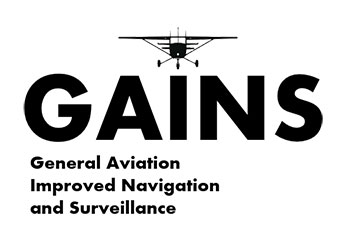
General aviation is an important economic enabler in Europe and feeder to the airline industry. GAINS – General Aviation Improved Navigation and Surveillance, a recently-started SESAR project, aims to demonstrate how solutions developed by SESAR for scheduled airlines can be adapted for use by the general aviation community.
Co-funded by the SESAR Joint Undertaking under the European Union’s Horizon 2020 research and innovation programme, this two-year project will be overseen by a consortium that includes representatives from the general aviation (GA) community: AOPA UK, Pildo Labs, Funke Avionics and Trig Avionics. Aviation consultancy Helios (an EGIS company) is the project coordinator.
The objectives of GAINS are to validate concepts enabled by Global Navigation Satellite System (GNSS) and EGNOS. These include specifically electronic conspicuity and instrument flight procedures to meet the needs of GA, including both fixed wing and rotorcraft. While the work of SESAR to date has targeted operational and technical improvements that address the needs of scheduled airline traffic, general aviation, which comprises more than 100,000 users in Europe, remains an important economic enabler and feeder to the airline industry. Given the variety of uses supported, GAINS aims to demonstrate to the wider aviation community how improvements being developed by SESAR can be adapted to enhance GA operations without prohibitive cost or certification requirements.
The project therefore aims to demonstrate clearly, through live flying exercises, the ability of GA to utilise new technology and procedures in flight. It also aims to test the viability of adapting SESAR solutions to improve GA’s operations and integration within a variety of operational contexts and environments. The flights undertaken are intended to:
- Demonstrate to the wider GA community the benefits of these technologies;
- Collect evidence on performance of these technologies within the typical operational environments of GA;
- Support regulatory adaptations with the certification authorities to enable wider deployment; and
- Demonstrate the deployment of SESAR solutions to enable integration of all airspace users.
This is expected to contribute to better integration of GA at controlled and uncontrolled aerodromes, as well as improving safety, efficiency and predictability of operations. It may also make possible the provision of basic air traffic services at aerodromes where this is normally not economically viable.
